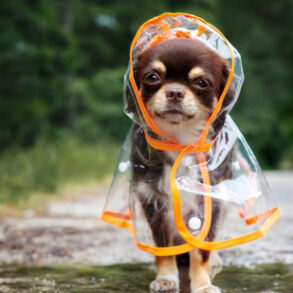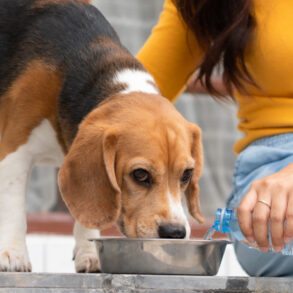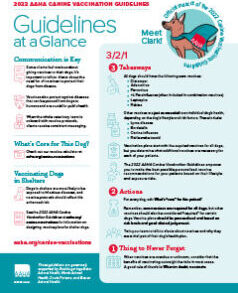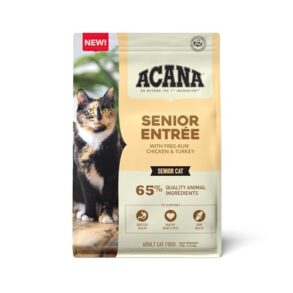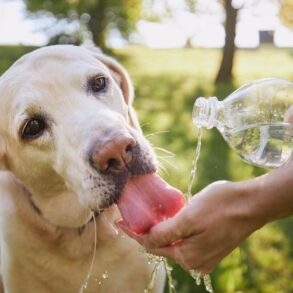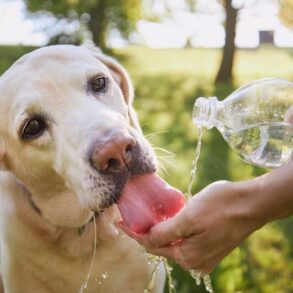These days, our pets have as many toys, gadgets, and clothing as some humans. With so many items to keep up with, it’s nice to know how best to clean them to keep things sanitary for you and your fur baby. In this article, pet experts share some common pet-related items you can pop into the dishwasher for an easy and efficient clean, saving you time and effort while keeping your dog or cat happy and healthy.
Meet Our Expert
-
DeNita Carani is a pet industry expert and the president of Pet Wants, a pet food company.
-
Dr. Richard Palmquis is a primary veterinarian and expert on Smart Pet Talk, a pet health education show.
Pet Items You Can Clean in the Dishwasher
When deciding whether to wash a pet item in the dishwasher, DeNita Carani, a pet industry expert and president of Pet Wants, says to consider the material first.
Advertisement
Advertisement
“Plastics labeled as BPA free and food grade are typically more durable in the dishwasher, particularly if marked as dishwasher safe,” says Carani. “Silicone is highly heat resistant and usually safe for both top and bottom racks. Hard rubber, like that used in durable chew toys, can also withstand dishwasher cleaning.”
Many items fall into the dishwasher-safe category, including the below.
-
Hard rubber toys, like KONG
-
Silicone lick or food bowl mats
-
Some plastic toys
-
Some plastic bowls
-
Food scoops
-
Stainless-steel grooming tools
Warning
Always check any cleaning instructions on your products before cleaning them.
Best Practices for Cleaning Pet Items in the Dishwasher
Cleaning pet items in the dishwasher is simple as long as you keep a few tips in mind.
Advertisement
Advertisement
“Best practices include placing these items on the top rack to avoid direct heat exposure, using a gentle or eco-friendly wash cycle, and avoiding high-heat drying settings to prevent warping or degradation over time,” Carani says.
Carani explains that using the top rack minimizes direct heat exposure and prevents smaller items from falling through. Also, use the dishwasher basket to secure extra-small items.
“Look for unscented, biodegradable detergents free from harsh chemicals like phosphates, chlorine, or artificial fragrances,” Carani says. “If unsure, choose products labeled as hypoallergenic or safe for sensitive environments.”
Related: I Tried Mrs. Meyer’s New Pet Care Line, and My Dogs Have Never Smelled Better
Pet Items to Avoid Washing in the Dishwasher
Of course, for as many items as you can throw into the dishwasher, there are multiple items that you should find a different way to clean.
Advertisement
Advertisement
“Items to avoid include those made of soft or porous materials, like fabric toys or leather collars, as these can degrade,” Carani says. “Also, avoid items with glued parts, cheap plastics, or decorations that might melt or warp under heat. Always check the manufacturer’s label for dishwasher compatibility.”
Keep in mind that even those items that are safe to use in a dishwasher can wear over time if improperly washed.
“Over time, high heat and harsh detergents can cause some plastics and rubbers to become brittle, warp, or crack, which might create sharp edges or make them unsafe for pets to chew on,” Carani says. “Chew toys, in particular, can lose their structural integrity, posing a choking hazard. Silicone items are more resistant, but might still experience surface wear if washed frequently at high temperatures.”
Related: The 8 Best Pet-Safe Cleaning Products Our Editors Love
A Note on Safety
Dr. Richard Palmquist, Smart Pet Talk expert, cautions pet owners to clean their dishwashers regularly to avoid cross-contamination between your pet’s items and your own. He explains that biofilms in our dishwashers can harbor pathogenic bacteria, which can then live on items you clean. To avoid this, regularly self-clean your dishwasher. You can also use household vinegar to destroy the biofilm on these items. Be sure to completely dry all items before using them again, as the same bacteria can form within residual moisture.
Advertisement
Advertisement
“A study from the CDC in 2020 showed that foodborne pathogens like Salmonella could survive on kitchen surfaces, including dishwashers, and be transferred to utensils or dishes if not properly cleaned,” Palmquist says. “In some cases, improper washing practices or inadequate sanitization inside dishwashers can lead to Salmonella persistence, particularly when food particles are left behind.”
Read the original article on Better Homes & Gardens
This post was originally published on this site be sure to check out more of their content.







